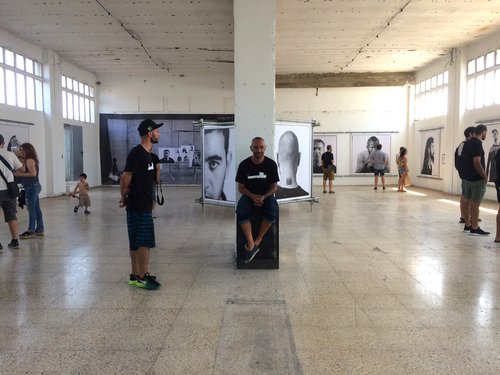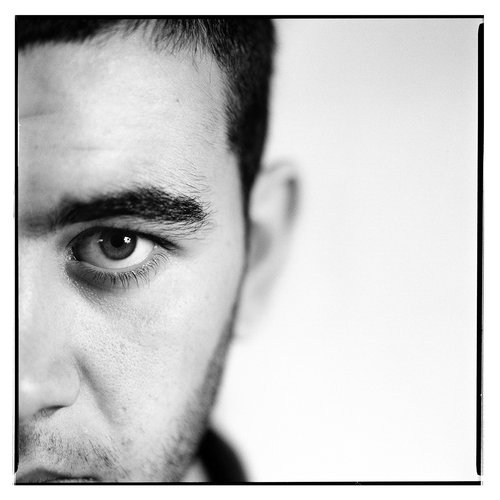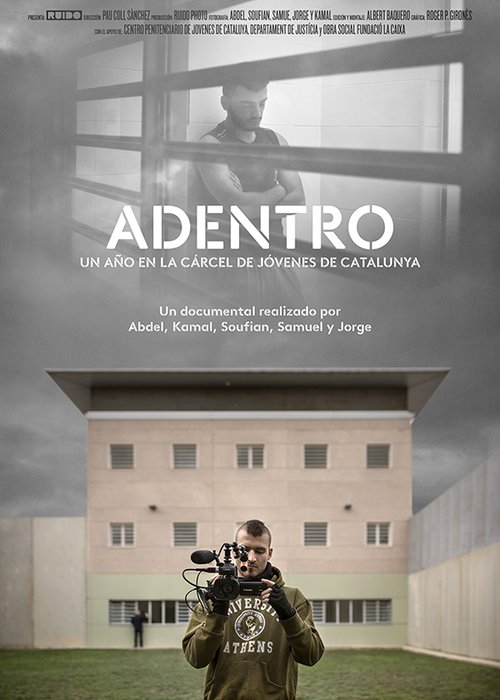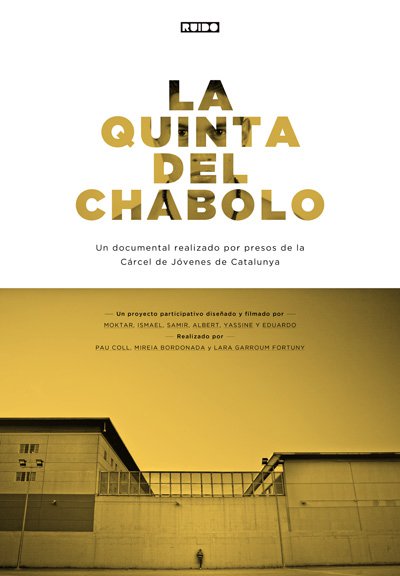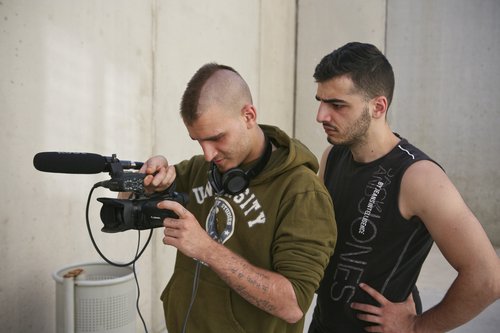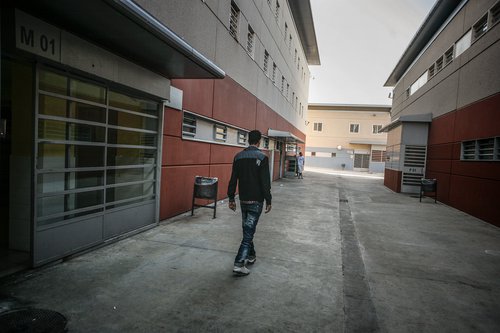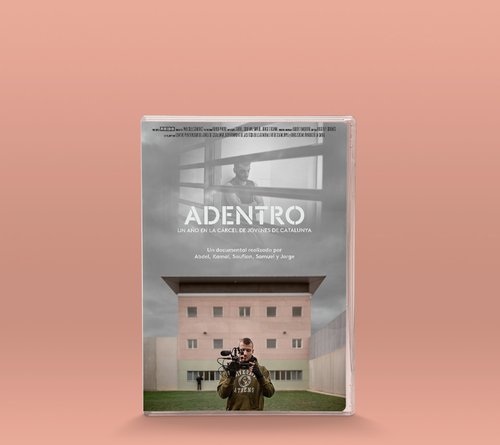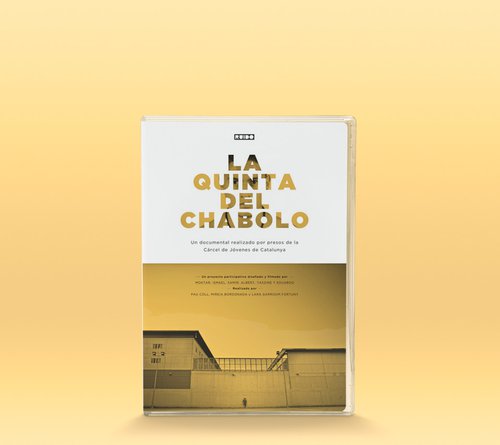Self-portraits from inside
A group of interns of the Youth Prison of Catalonia and of a special unit of Brians II wanted to express in a photograph what represents them best. Through a collective creative process, they decided how to be portrayed in order to show what it means to be deprived of freedom.
by - Pau Coll
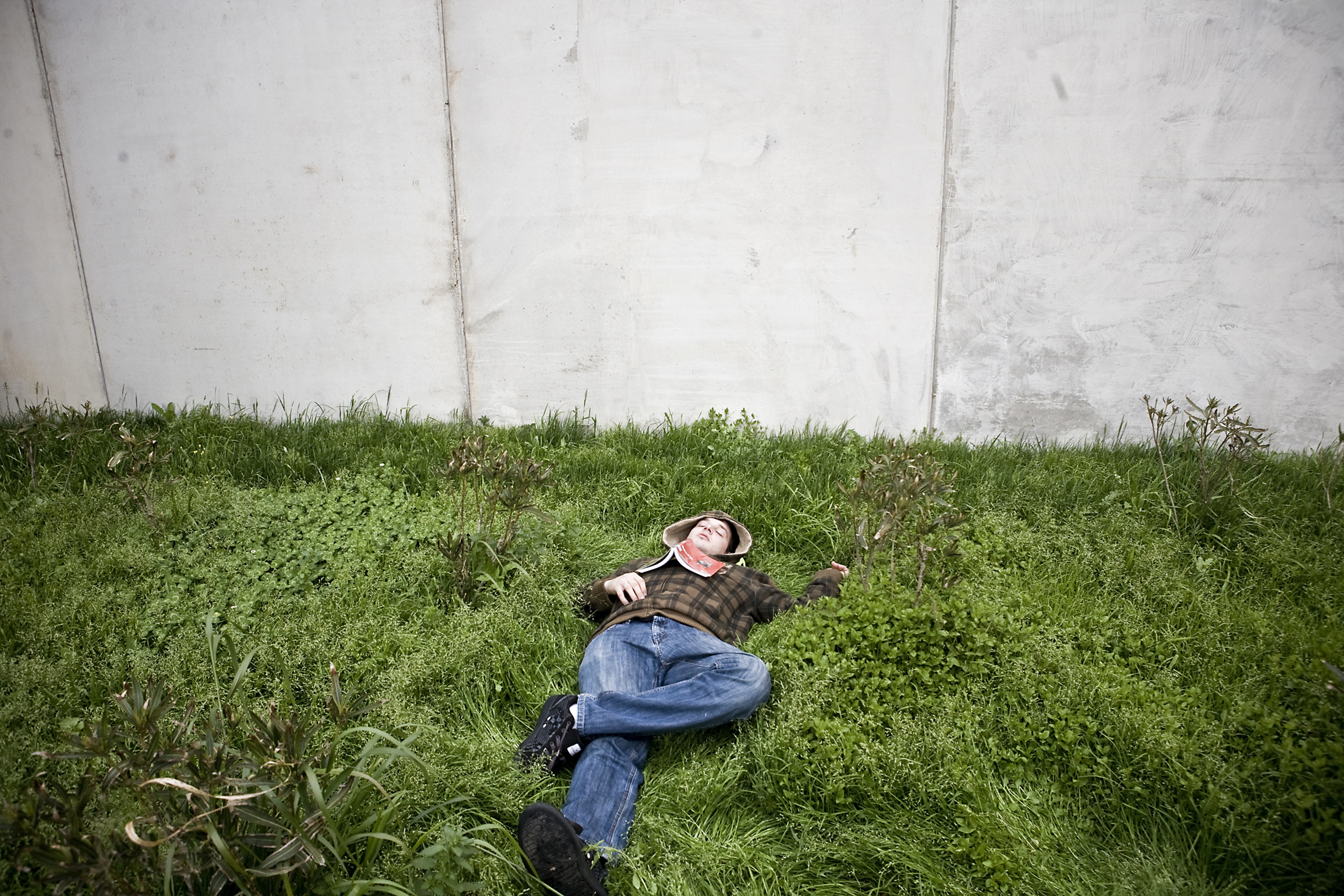
Albert, 23, Premià de Mar
For Albert, the Youth of Catalonia prison has too much cement. He would like to have more vegetation, so he chose to photograph himself among the little grass there was. "So much cement makes everything cold, gray. When you do not see colors you get depressed," he says. "Here if you go even half crazy, you get worse than you are," he adds. Soon after, Albert went to the adult prison of Quatre Camins, where he continues strong psychological treatment. The experience in prison has left him changed. He has recognized that he has become more aggressive because of his behavior toward others. "If you're not aggressive, the alpha male, everybody will take you for a fool. You can not be a quiet person in prison," he says.
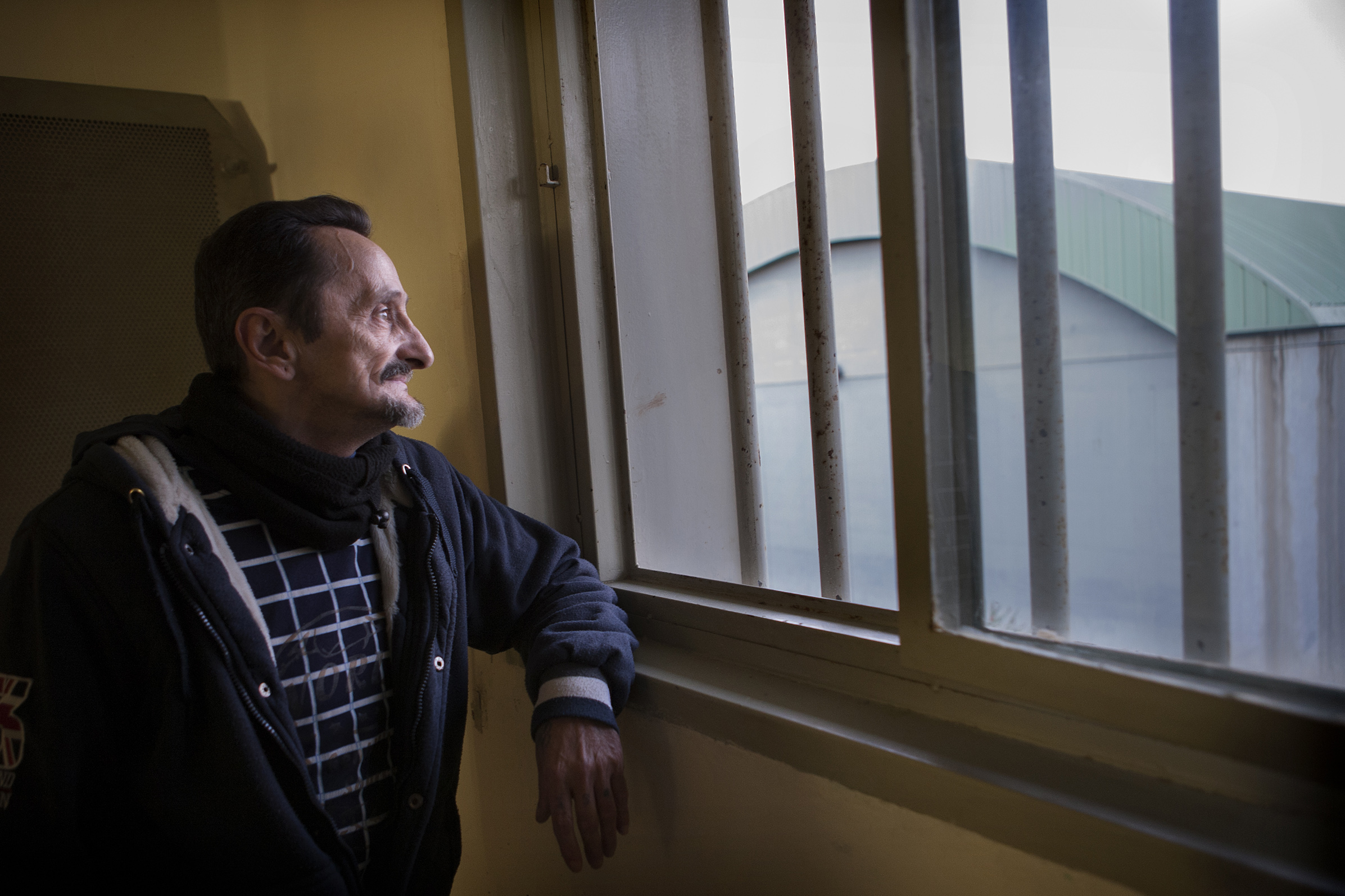
Salva, 53, Barcelona
Salva has two and a half years left of his sentence. He has spent 32 years in jail. He is anxious thinking about what he will find when he gets out. "From here, inside, you do not know what's outside," he explains. That's why for his image, he wanted to look outside. The majority of long-term prisoners do not leave until the last years of the sentence. When they do, they realize the world around them has changed; the neighborhoods have become more touristy, people walk around hooked to their cell phones and they no longer look at each other. For Salva, with all these years in prison, the crime does not compensate: "You pay dearly."
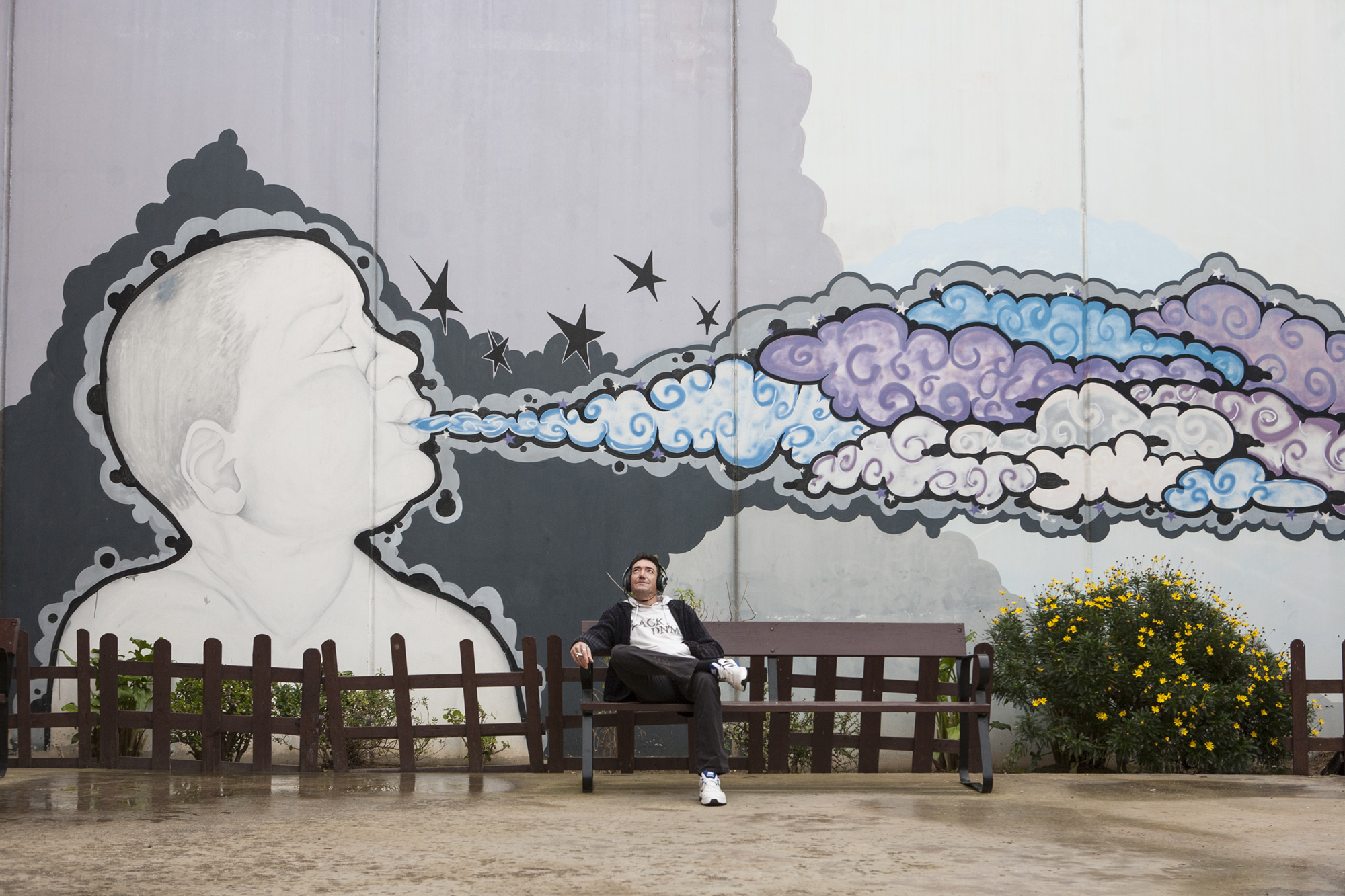
Juan, 46, Poble Nou, Barcelona
"I listen to music because it's a way of evading me, of teleporting me out of here," Juan explains, referring to the selected photograph. Juan, like many others in the DAE module of Brians II, was imprisoned for drugs. "We steal to maintain a vice. They are overcompensating with the numbers of years they sentence us to, I have not killed anyone so they throw me in for eight years," he defends. Juan spent one of the first sentences in the Model, the prison imposed more. "When you enter the fourth gallery with your mattress and your bags and you see all the people leaning over the railing, on all three floors, you think, my god, where I have gotten, they are going to eat me."
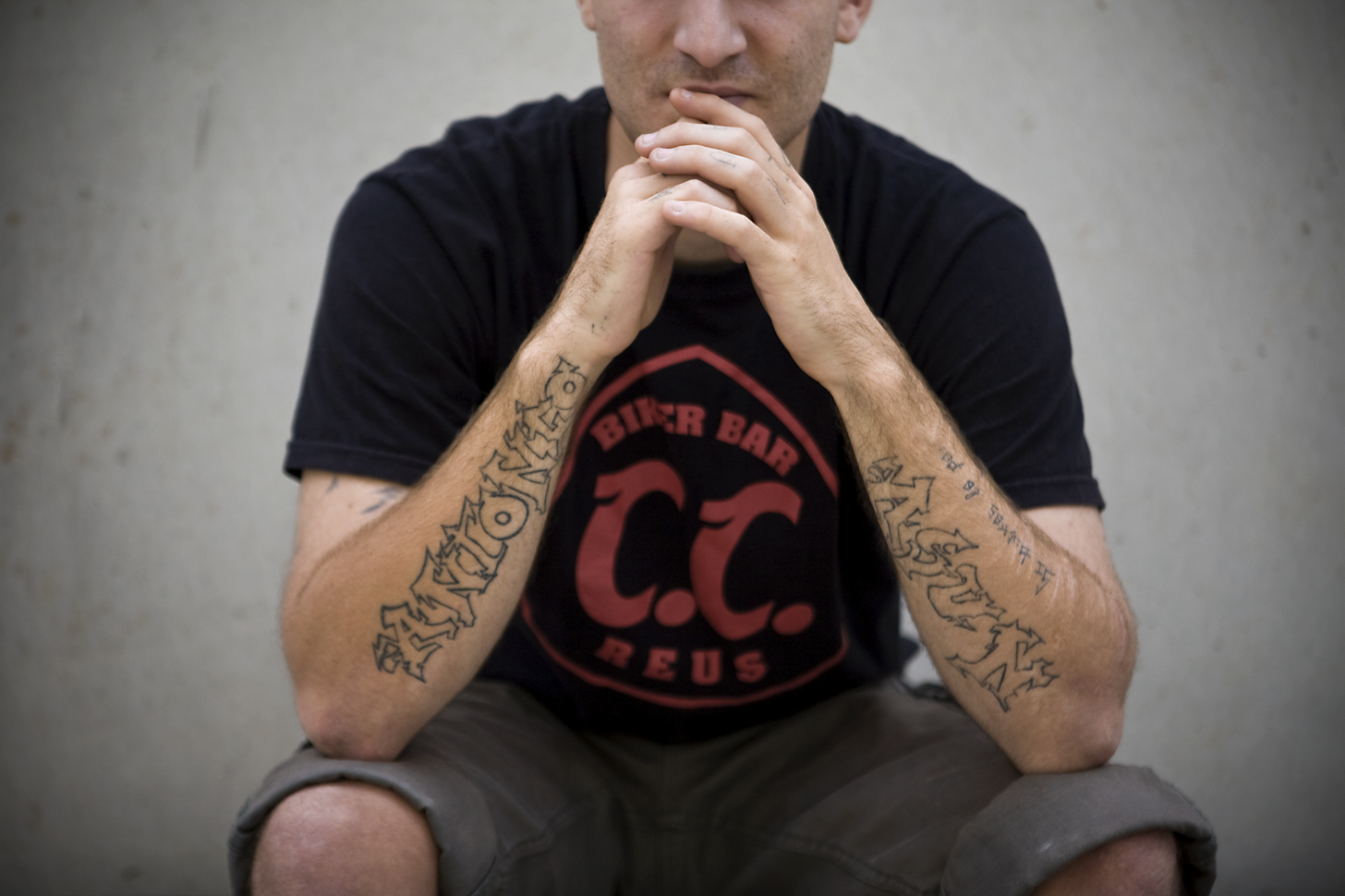
Jorge (El Punky), 23, Sagrada Familia, Barcelona
"El Punky" is a box of surprises, a changing whirlpool. He shows his tattoos because they explain everything about him: anarchy, a Buddhist proverb about peace, good and evil, the name of his parents. "I did not like humanity before, I did not understand how it worked. But after being locked away for so long, I was happy to go out and see the buildings.” When El Punky made his first scheduled departure, he did not step on the sidewalk. "I was only inside the hospital, but I was everywhere. I could even go to the bar. I was going to have a beer but I had to have an orange Fanta."
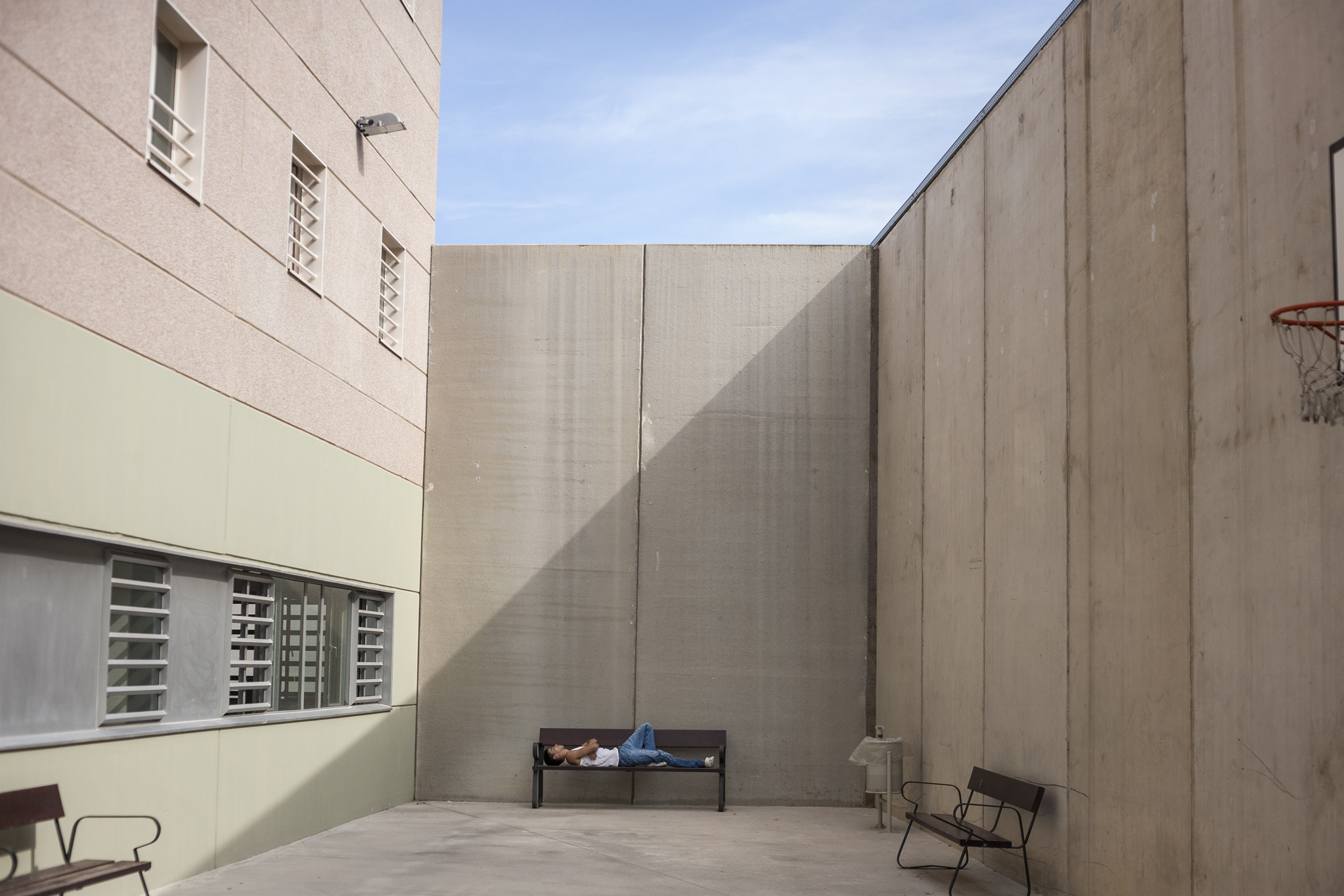
Kamal, 19, Tánger, Morocco
Kamal arrived in Spain in 2006 at 11 years old. He traveled under a truck from the port of Tangier, Morocco, to Algeciras. A friend from his neighborhood brought him to Barcelona, and here he met with his brother until he went to prison, where he has been sentenced to a year. "The day-to-day is always the same, the worst is the dynamic that does not change," he says. "So, without being able to move, you get angry, especially when you watch TV and see freedom," he adds. Sports is one of the few things that helps him relax, to be calmer. The other option is to sleep, to dream about what is outside, and that is how Kamal was portrayed.
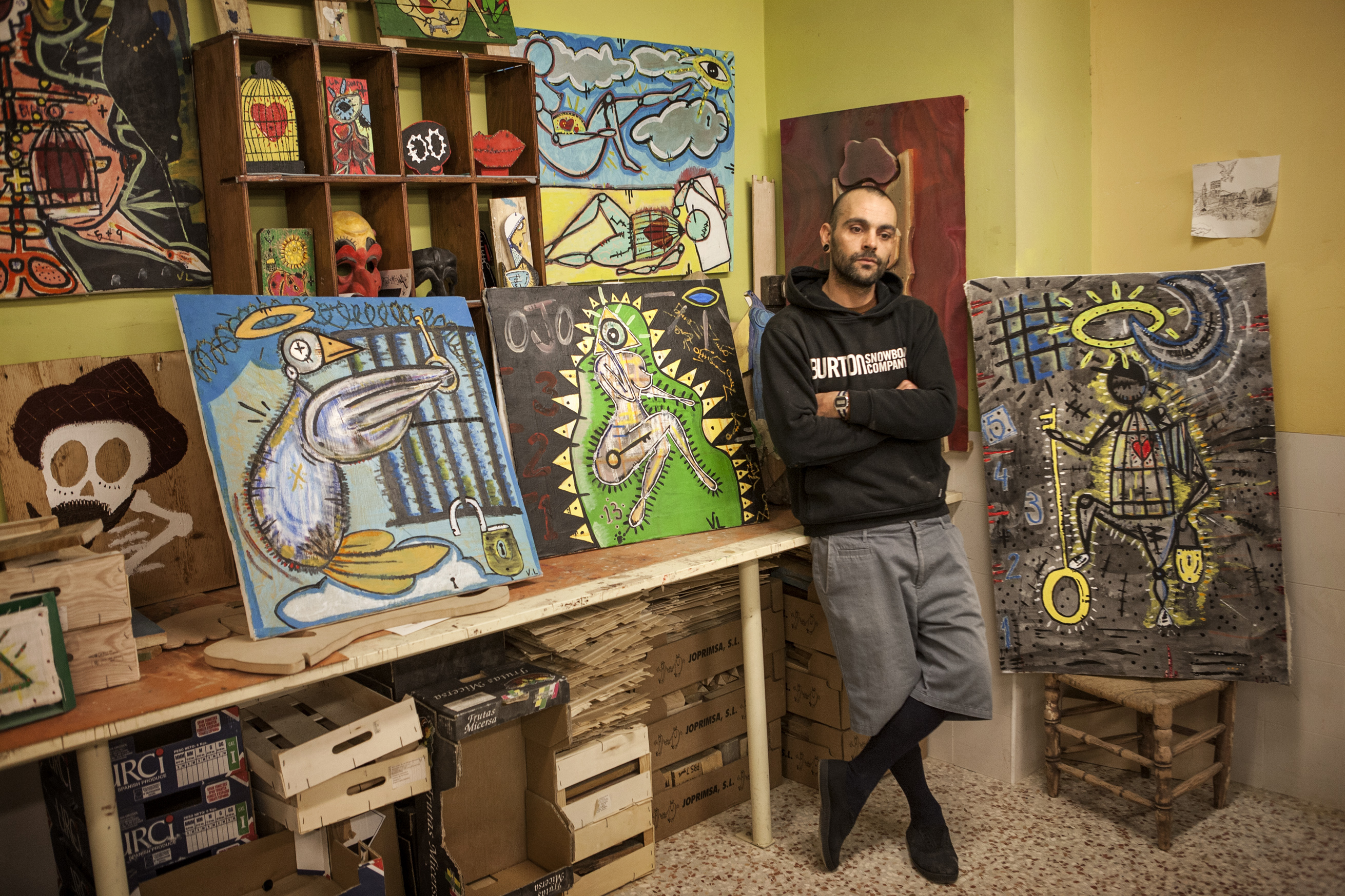
Fer, 38, Born, Barcelona
At 18, Fer, a "kid hooked on drugs," was sentenced to ten years. "I was committing robbery, I was leaving the courtroom with withdrawal syndrome, I was stealing again. So again and again until I got 50 reasons. The first time they would have put me in jail," he says. He did the entire sentence and left with one hand in front and one behind. Upon release, prisoners receive at least a benefit of €426 per month for 18 months or unemployment if they have spent more than 365 days in prison. After two years, Fer went back for a robbery. He was sentenced to four more years. "If you’re hungry, if you are cold, what are you doing?" He defends himself. "Disorientated, misinformed and you do not know who to go to," he says. Now, with a 3-month-old girl, he plans to change her life. He likes to paint, he wants to be an artist and have his own business. For him, photography became a new mode of expression to get out of the routine.
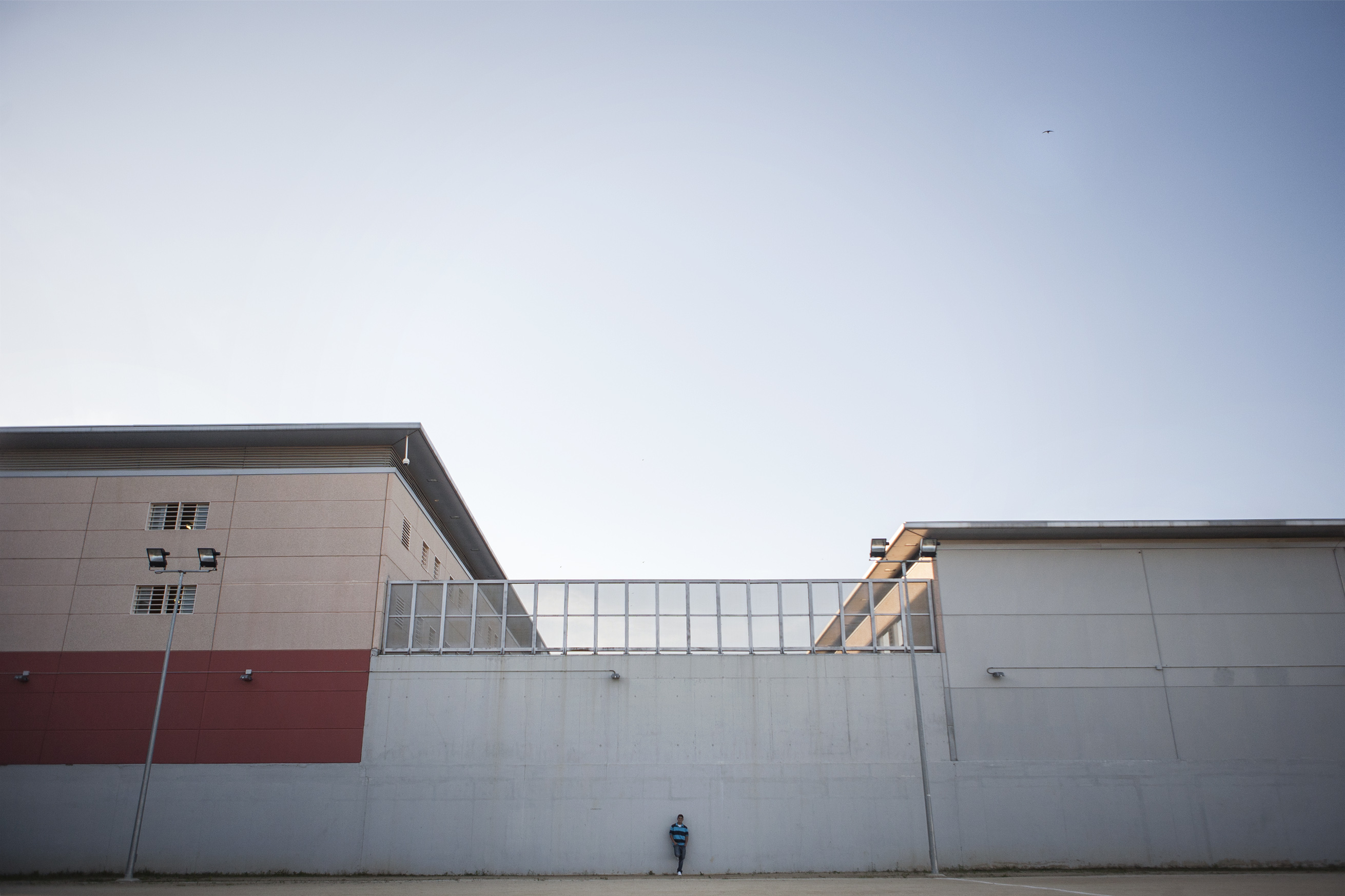
Eduardo, 20, Ecuador
Of the six years Eduardo has been in Spain, he has spent two and a half in prison. "This is a cemetery of the living," he says. "Here we lose many things, we are behind the outside," he adds. Eduardo wanted to represent in his photography the alienation and loneliness of being imprisoned. "Once you are here, society does not exist. And outside the system, what are you?" He asks. "A living dead." Eduardo only feels alive when he has contact with the outside; when they visit him, send him a photo or receive news from the family. "I feel alive when I remember, when you know you have things to fight for," he reflects.
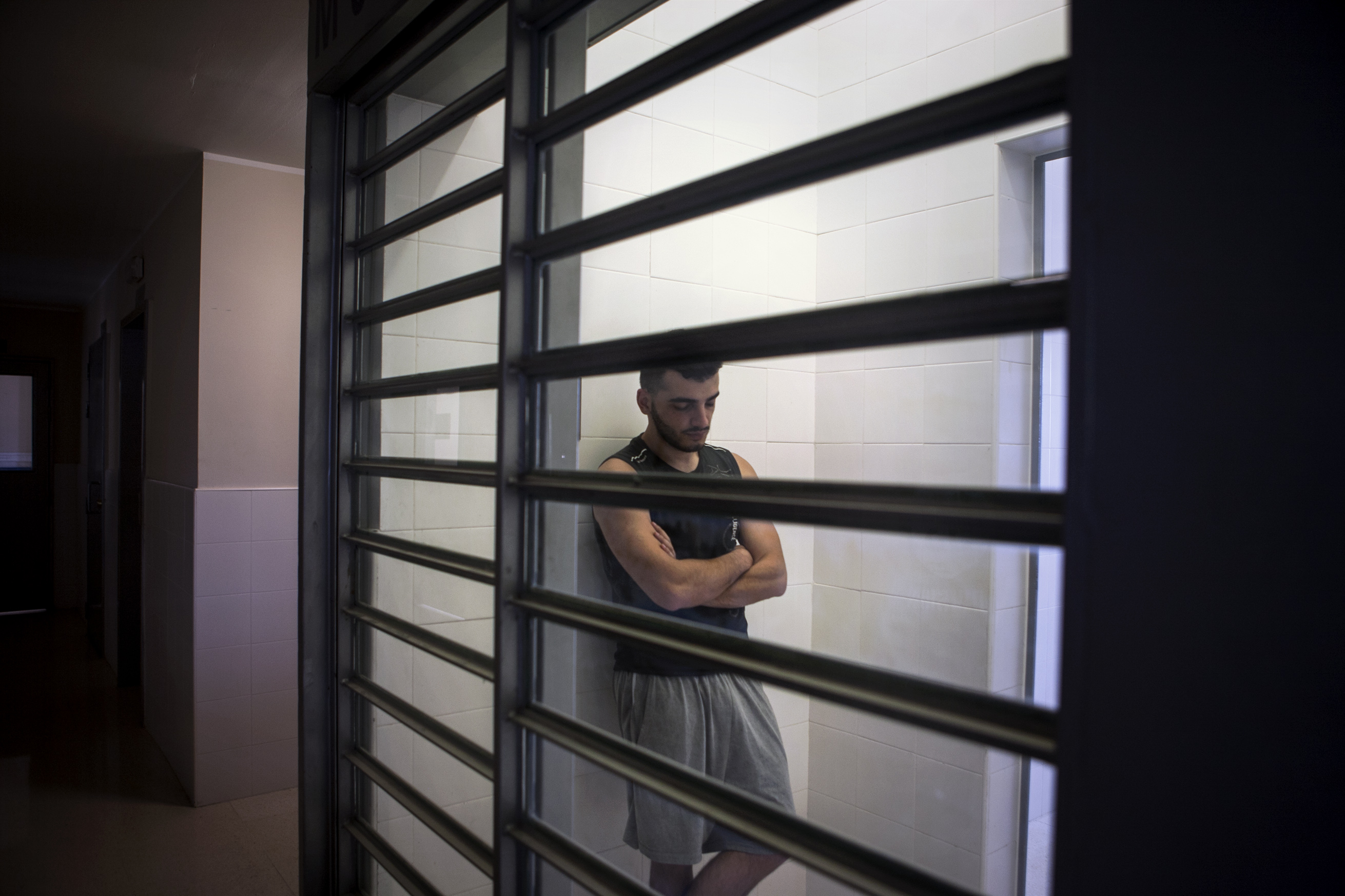
Samuel, 19, Armenia
Samuel was put in jail a month after getting married. That same day, he was going to fix his papers in the Town Hall but he got in a fight and was put in jail in a preventive manner. Samuel has seven months to go to until his trial. He has spent more time sleeping with his cellmate, "El Punky" (photo 4), than with his wife. "A day for a prisoner is not the same as a day for a judge or a lawyer who is on the street," he claims. For him, the prison is a waiting room, as he wanted to show in his self-portrait. "The life of a prisoner cannot be explained to family. You want to paint it in colors when it's really black and white," he says. Even so, Samuel does not lose his passion for life. "Here you value the infinite price of freedom. They tell you that this is a life lesson, but it is not, this is a beating of life."
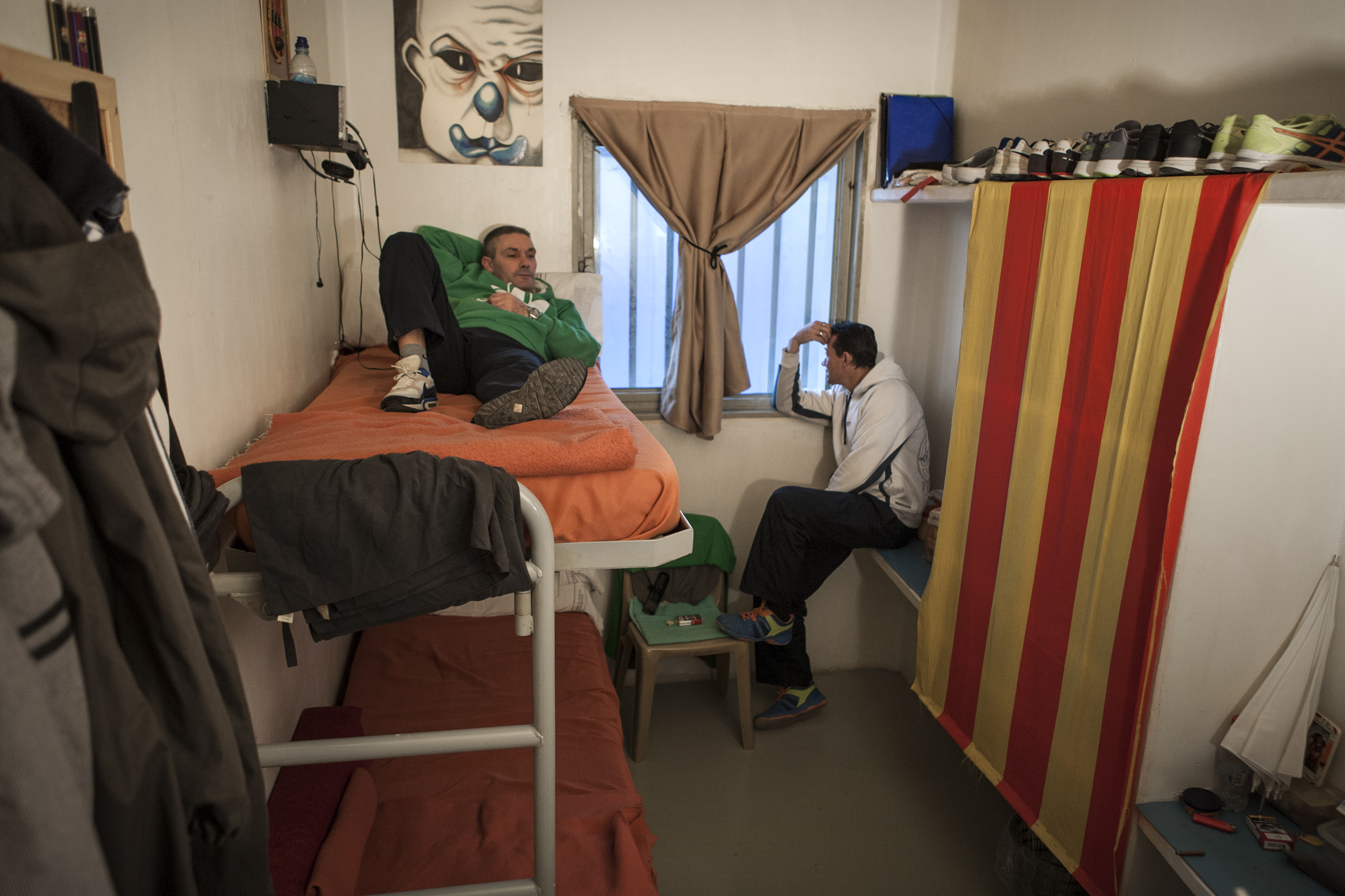
Sergio, 48, Poble Sec, Barcelona
Sergio has been living in prison for years. The first time he was in jail was in 1988. "I entered the cell, the walls were gray and dripping water. It was like a grotto and I screwed up," he explains. "I was 18 years old and very afraid." Sergio says the prison has served him little. "This does not reinsert anyone," he denounces, "on the contrary, it is a delinquency school." Sergio chose this photograph as a sign of friendship and coexistence with his cellmate, with whom he has shared six square meters for three years. Now that he has two to go, Sergio sees the complicated future: "With the stigma we have, few treat us as people. People know you've been in prison and they're scared. If you have marked arms, forget about a job."
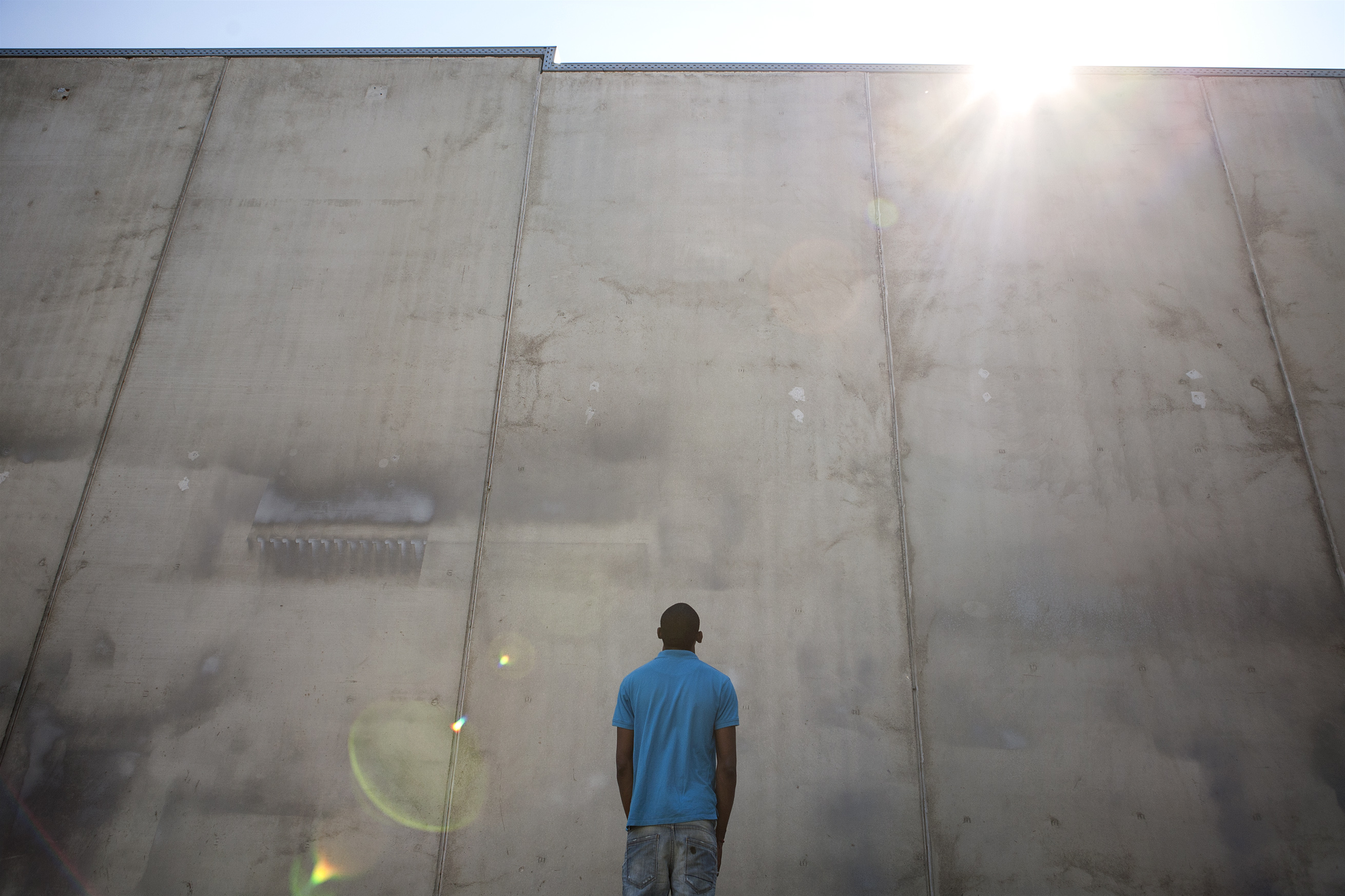
Micky, 22, Dominican Republic
For Micky, the wall represents the path every prisoner has to travel to get out of prison. He says before, he was a positive person, always trying to see the good side of life. "But here inside you cannot," he says. "On the street, you can overcome the nonsense quickly with the support of family and friends. But here, many things surpass you," he acknowledges. Micky is worried about not being able to help his mother, who has to care for his two little brothers. "Here I have realized the only thing that is worth it is the family, that they are the ones who will never leave you," he says.

